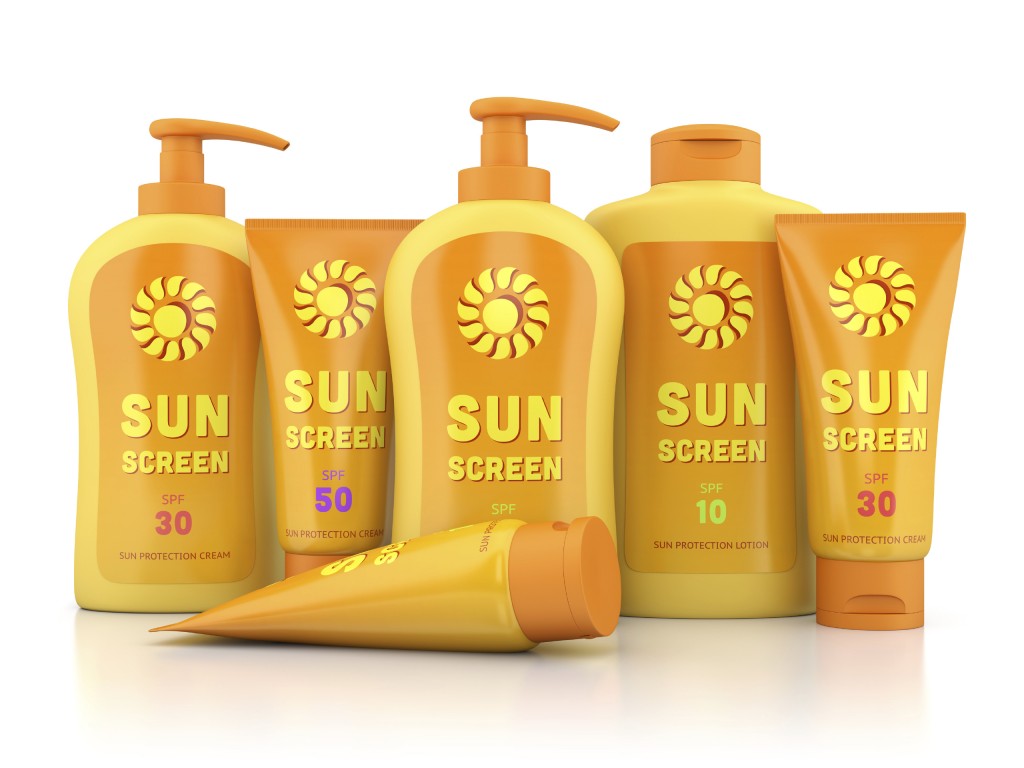New FDA labeling requirements have taken the guesswork out of choosing
an effective sunscreen. Products have to state how much protection
they actually provide and be scientifically tested to back up those
claims. The risk of skin cancer is ever prevalent even though most
people think it will never happen to them.
Is your sunscreen labeled as being broad spectrum? When the label
proclaims a sunscreen to be broad spectrum that means it’s been tested
and proven to protect you from both UVA and UVB rays. Once upon a time
labels simply stated an SPF number. But even a high SPF number only
indicates a product’s protection from UVB – the shorter wavelengths
responsible for sunburn. Everyone needs protection from longer UVA
wavelengths too – the ones that penetrate deeper and cause skin
cancer, brown spots and wrinkling. In order for a sunscreen to claim
it protects against skin cancer and not just sunburn, the FDA now
requires it must offer broad spectrum protection.
Does your sunscreen have a sun protection factor or SPF of at least
15? The FDA rules a sunscreen must be SPF 15 or higher in order to
claim it protects against skin cancer. A cap has been set on this
number at SPF 50+ since anything over 50 doesn’t give you much more
protection.
Does the label say your sunscreen is water-resistant? It should be if
you’re swimming or participating in an outdoor sport. Terms like
“waterproof” or “sweatproof” are a thing of the past because the FDA
has determined them to be misleading. New regulations require labels
bearing the words “water-resistant” state how long you can expect to
get the declared SPF level while swimming or sweating. Based on
standardized testing, it’s either up to 40 or 80 minutes so it’s
important to reapply.
Did you know that sunscreens that don’t pass the broad spectrum test –
meaning they’ll only prevent sunburn and will not reduce the risk of
skin cancer and early skin aging – are required to include a warning
specifying their sun-protective limitations? The same goes for
sunscreens with an SPF lower than 15.
Play it safe and choose a sunscreen that’s broad spectrum with an SPF
of at least 15 and water resistant as needed. Not all sunscreens are
created equal. Read the label and avoid getting “burned” in more ways
than one.

